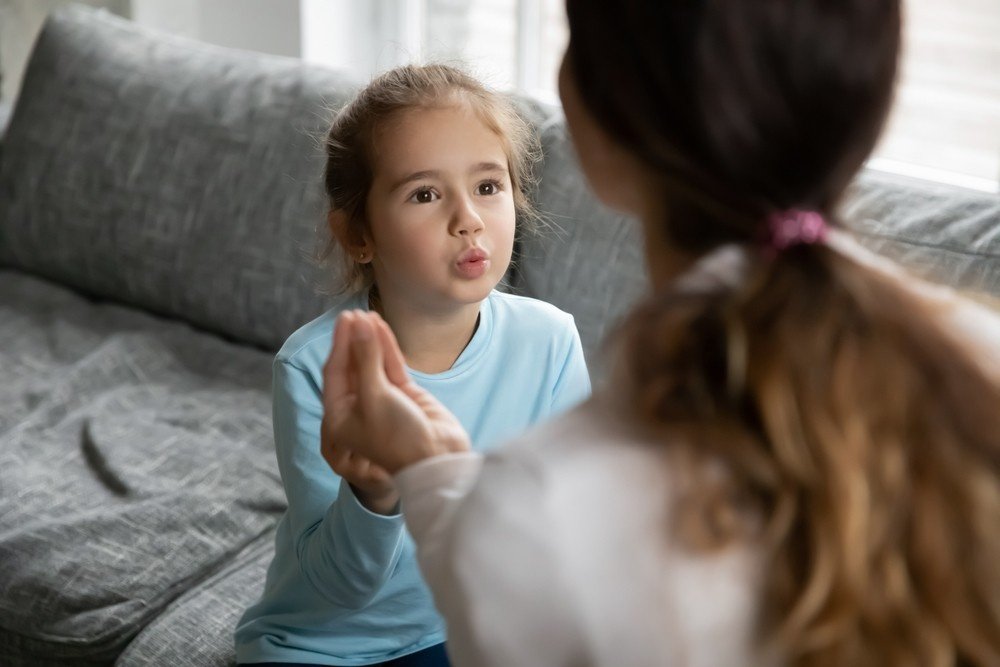A child who has a learning disability does not process information in the same way as a typically developing child of the same age. By processing, that means a child hears, touches, sees, reads, or smells something that sends a message to their brains. Then, they make sense of what is going on and possibly take action. When a child has a processing difference or learning disability, the information might not flow to and from their brain and body as smoothly. It might get stuck or take a turn along the way. These processing differences can make it hard for a child to learn if teachers and other school staff do not know about them or make accommodations.


Oral expression

Listening comprehension

Written expression

Basic reading skill

Reading fluency skills

Reading comprehension

Mathematics calculation

Mathematics problem solving
To improve comprehension and retention when studying, incorporate multiple senses. For children who are visual learners, you can try:
● Hanging up pictures and setting up models
● Highlighting information in different colors
● Asking students to create lesson-based art
For those who prefer audio-based lessons, you can:
● Listen to books on tape or read aloud
● Watch a video with accompanying audio
● Utilize rhymes, chants and language games
Some kids are kinesthetic learners, those who learn through:
● Lessons with finger paints, puzzles or sand
● Modeling objects or designs in clay
● Using small objects to represent numbers
Tactile teaching involves the sense of touch, such as:
● Pairing counting with clapping or other movements
● Using a highlighter to color-code passages while reading
● Manipulating materials, like blocks, to visualize a scene